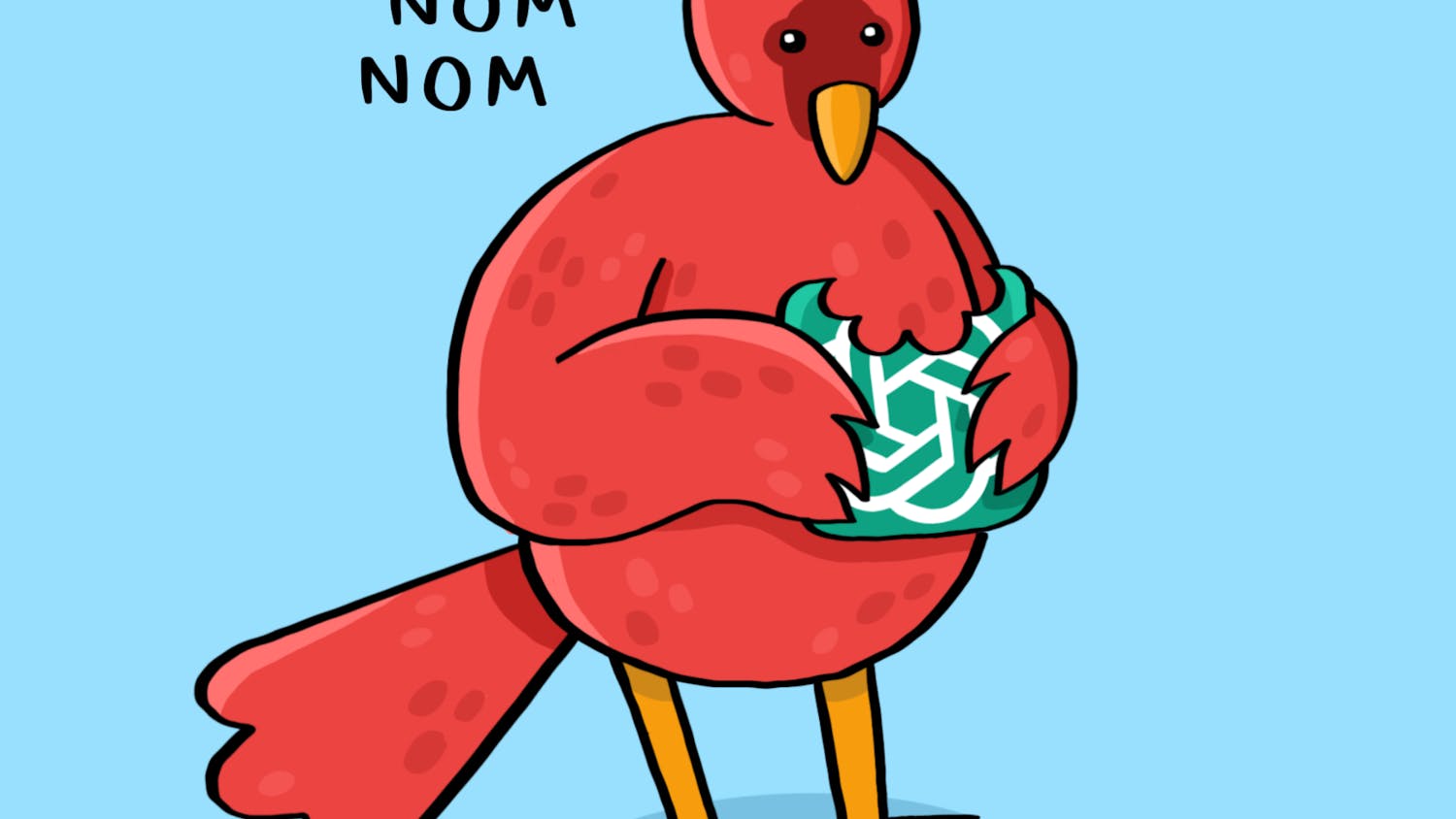There are moments in life, usually around two in the morning or in the back of a calculus lecture, when one asks, “Why don’t any animals have wheels?” After all, they’re a very efficient way to get around: rotational force turns into lateral motion. Cars, buses, trains and bikes replaced horses — so why hasn’t evolution created squirrel-cycles, lizard-mobiles or big-rig-bears?
To the best of our knowledge, there are two main factors: the nature of biology and the nature of evolution.
Much of the reasoning is that the biological engineering doesn’t seem reasonably feasible.
What would the wheel be made out of? Bone? Cartilage? Keratin? And how would that be connected to the rest of the body so it can be supplied with nutrients without having blood vessels that would get twisted when the wheel is spinning? How would muscles propel the wheel? Our current understanding of the way bodies work just doesn’t permit the infrastructure required to make a squirrel-cycle work.
However, let’s suppose there is some way wheels are possible. Maybe blood vessels can detach while the wheel is in motion and muscles can push against it without getting twisted — but again, whatever hypothetical biological concept is going to lack the middle steps.
This brings us to the second point: evolution does not skip steps. Natural selection, the process by which favorable traits are selected and unfavorable ones removed, occurs one step at a time.
While the evolution of flight in birds is a mystery, there are several theories. In one, the ancestors of birds glided down from heights similar to today’s flying squirrels. They found it favorable to fall from heights, developed limbs with larger surface area to slow their fall and have more control, began flapping, and so forth to wings and flight. The other major theory works in the opposite direction of ground up by imagining the ancestors as leaping, using their limbs to increase their jumping height until flapping develops and then wings. Either way, there is a step-by-step process in which the next step in evolution is favorable to the one preceding it while itself remaining favorable.
When we look at an Ambulocetus, it’s easy to imagine that as the halfway point between four-legged land animals and modern whales. But, what is the halfway point between a lizard and a lizard-mobile? What comes between no wheels and wheels?
The answer so far seems to be nothing. While it’s nice to know scientists are working to create theories about these important topics, let’s take a moment to be grateful there are no big-rig bears to worry about — just normal ones.
Jeffrey Brown is a former Arts Editor for the Daily Cardinal. He writes for The Beet occasionally and does some drawing and photography too. He is a senior majoring in Sociology. Do not feed him after midnight.






